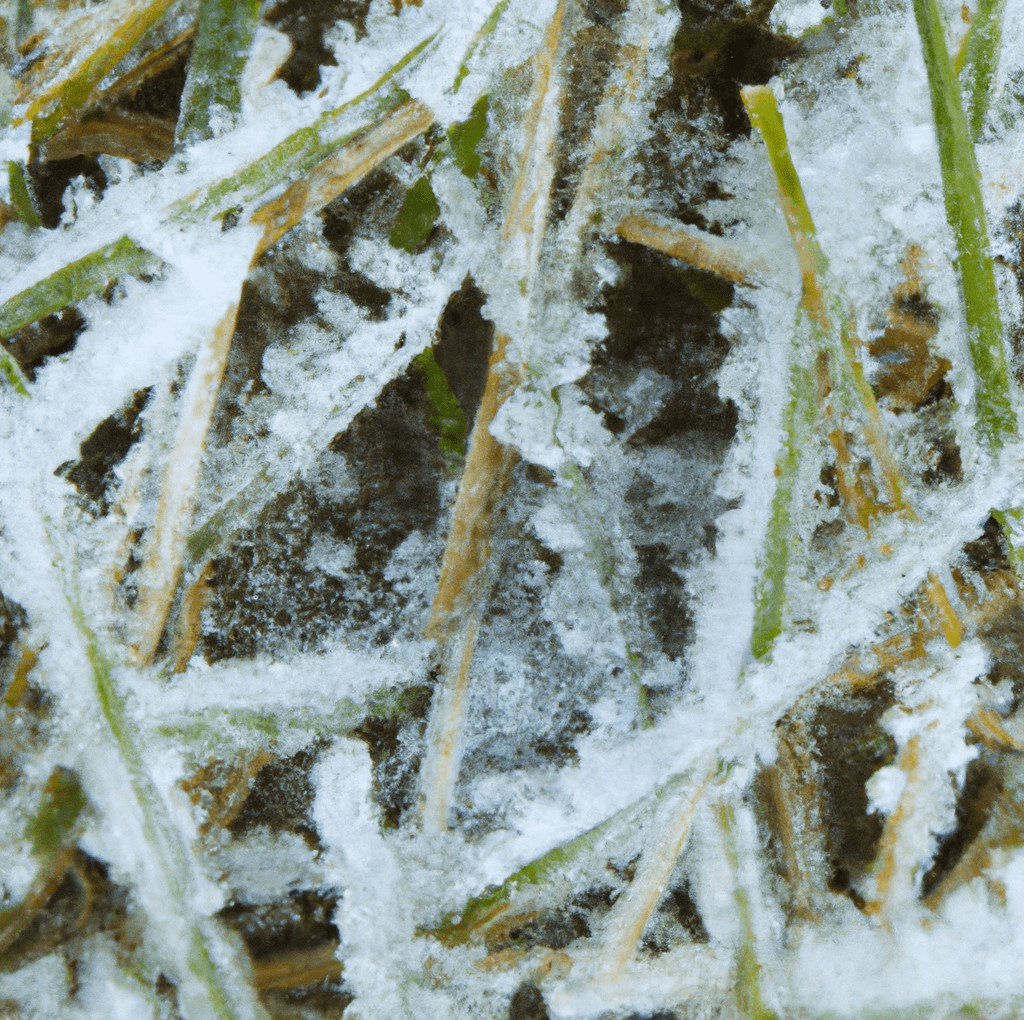
Protect your lawn from winter kill caused by extreme cold. Discover preventative measures to safeguard your grass from harsh temperatures. As temperatures drop, we bundle up while our lawns face the brunt of the cold. While most lawns adapt to winter, severe temperature drops can lead to what’s known as winter kill.
Although entirely preventable, there are steps you can take to fortify your lawn against frigid conditions. Let’s explore the various forms of winter lawn damage and discuss how to prepare your lawn for the colder months ahead.
Does Grass Perish in Winter?
- During winter, your lawn enters a dormancy phase—akin to hibernation. With shorter days and limited sunlight, plants conserve energy to endure freezing temperatures and lack nutrients. While your grass might appear discolored and thin, this dormancy period shields it from harsh winter conditions, allowing it to flourish green and lush year after year.
- How Cold Weather Affects Lawns: Ordinary winter weather prompts dormancy, with your lawn bouncing back in spring. However, extreme cold or prolonged snow cover might lead to significant winter lawn damage.
- Winter Kill and Other Damages: Winter kill, the most concerning damage, occurs when plants die due to harsh winter conditions. While cool-season grasses handle the cold better, various factors such as grass type, location, and prolonged cold influence your lawn’s health.
- Identifying Winter Damage: From ice damage to snow mold, different types of damage can affect your lawn:
- Ice Damage: Thick ice layers suffocate grass by preventing oxygen access and hindering water absorption, leading to potential winter kill. Adjusting fertilizer for warm-season grasses before the frost can minimize new growth susceptibility.
- Desiccation: Cold, dry winds dehydrate grass, potentially causing winter kill. Maintaining a regular watering schedule in the fall can reduce desiccation.
- Snow Mold: Prolonged snow cover can lead to a fungal lawn disease. Shortening grass height before winter and removing snow piles can prevent snow mold.
- Crown Hydration: Repeated thawing and freezing cycles can cause ruptured cell membranes, visible as discolored turf in poorly drained areas.
- Preventing Winter Damage: Planning in the fall with proper watering, mowing, and fertilization can help your lawn withstand winter.
- Reviving Your Lawn Post-Winter: While winter may leave your lawn discolored or sparse, solutions exist. BestYard Secrets stands ready to help your lawn flourish come spring.
Click “DO IT FOR ME” to request a FREE quote.

Source: customer-service@bestyard.com in collaboration with Associated Landscape Contractors of Colorado
















